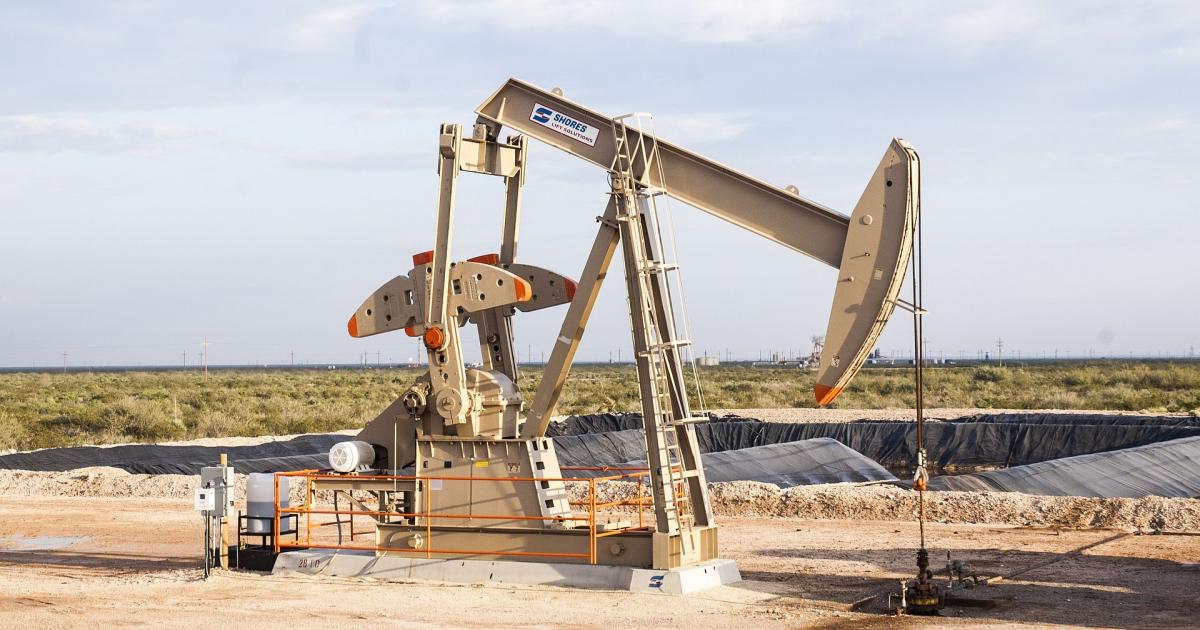
The saga of the United States Oil Fund (NYSE: USO) grows more interesting by the day and not just because the moribund exchange traded product slumped 14.79% on volume that was more than double the daily average on Monday.
USO debuted about 14 years with a simple objective: provide exposure to front month West Texas Intermediate (WTI) futures contracts. The strategy took its lumps over the years, but at least investors knew what they were getting.
These days, USO is changing investment objectives the way a regular person change socks — you know, everyday.
The constant rejiggering isn't stemming declines as highlighted by USO's year-to-date decline of almost 83%, but it is exposing chasms between it and the rival Invesco DB Oil Fund (NYSE: DBO).
See Also: Here's How Much Investing $100 In The USO Oil Fund In 2010 Would Be Worth Today
Why It's Important
On Monday, it was revealed that USO's manger, United States Commodity Funds, bought and sold a slew of contracts, adding exposure as far out as June 2021. For its part, DBO remains steadfast in its investment objective: tracking the futures-based DBIQ Optimum Yield Crude Oil Index Excess Return.
No, that doesn't make DBO perfect. It's getting torched alongside oil prices, but the Invesco ETF's 51.17% 2020 decline looks great next to USO. DBO has some other perks relative to its rival.
“The Invesco DB Oil Fund (DBO) follows a methodology that requires the fund to roll out of soon-to-expire futures contracts several weeks before their final day of trading,” said Invesco Global Macro ETF Strategist Jason Bloom in a recent report. “As such, Invesco’s commodity-focused ETFs are managed in a way to avoid being a forced seller during a futures contract’s last day of trading.”
Currently, DBO holds the March 2021 WTI contract — one that's experienced significantly less erosion than closer month contracts amid oil's recent slide.
What's Next
Under its previous methodology, USO could expose investors to poor or negative roll yield by selling a less valuable contract to roll into the next month, which could be trading at a higher price (contango). DBO doesn't do that and that's a vital consideration for any investor willing to bet on an oil rally.
“At current price levels, negative roll-yield in the first two months on the WTI futures curve will cost the investor more than 45% of their investment in less than 30 days,” writes Bloom. “OUCH! One way an investor can minimize the cost of contango is to optimize the futures roll by selecting a contract positioned on a 'flatter' portion of the curve, thereby reducing the negative roll-yield.”
Some investors are waking up to the DBO story as the fund has April inflows of almost $152 million.
© 2020 Benzinga.com. Benzinga does not provide investment advice. All rights reserved.
Business - Latest - Google News
April 28, 2020 at 07:10PM
https://ift.tt/2W5qq6x
An Oil ETF For The Daring - Benzinga
Business - Latest - Google News
https://ift.tt/2Rx7A4Y
Bagikan Berita Ini















0 Response to "An Oil ETF For The Daring - Benzinga"
Post a Comment